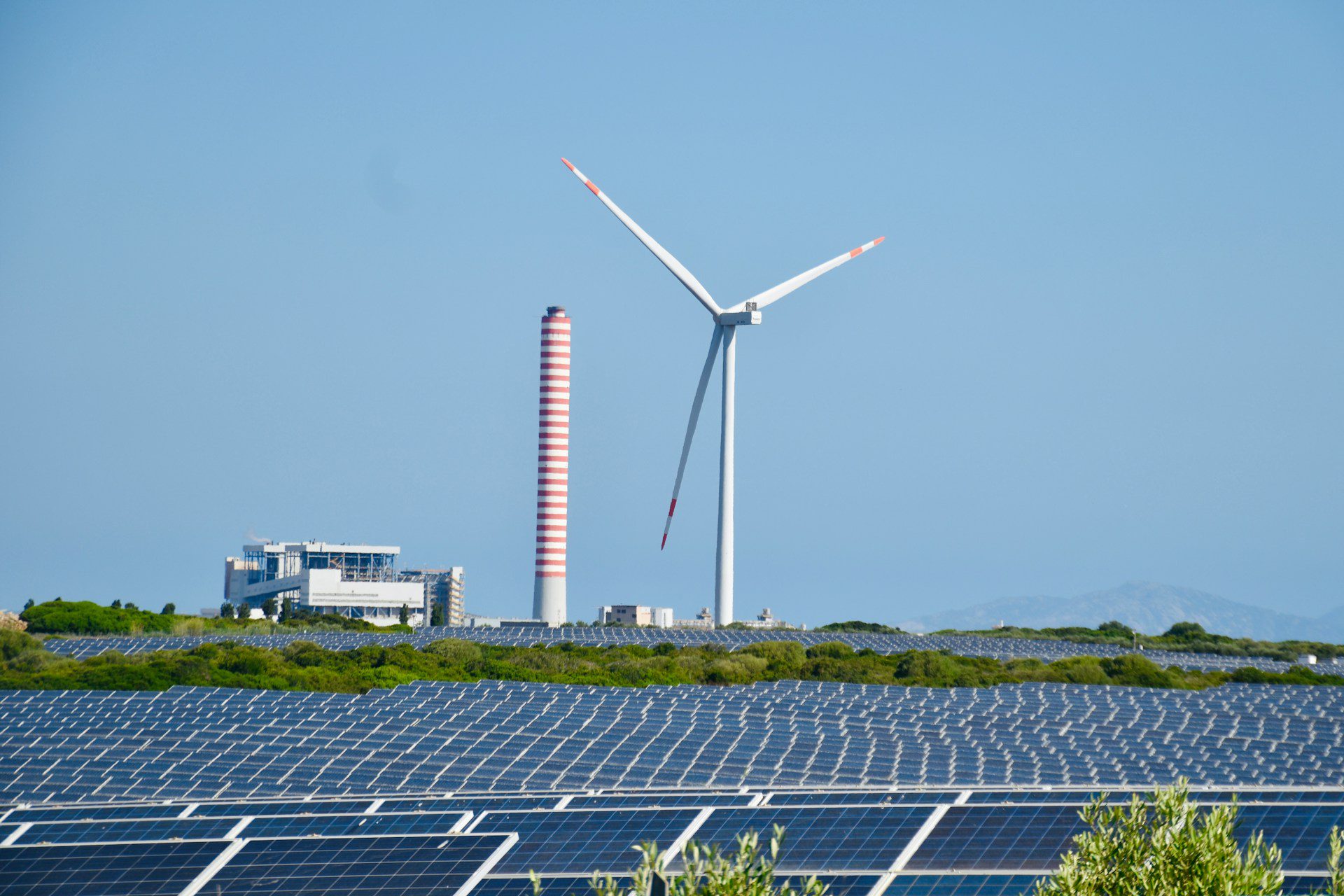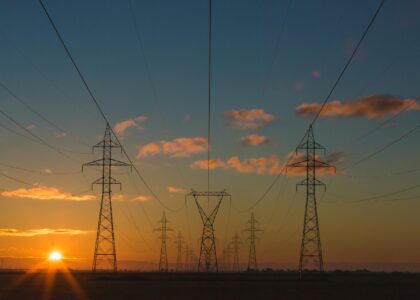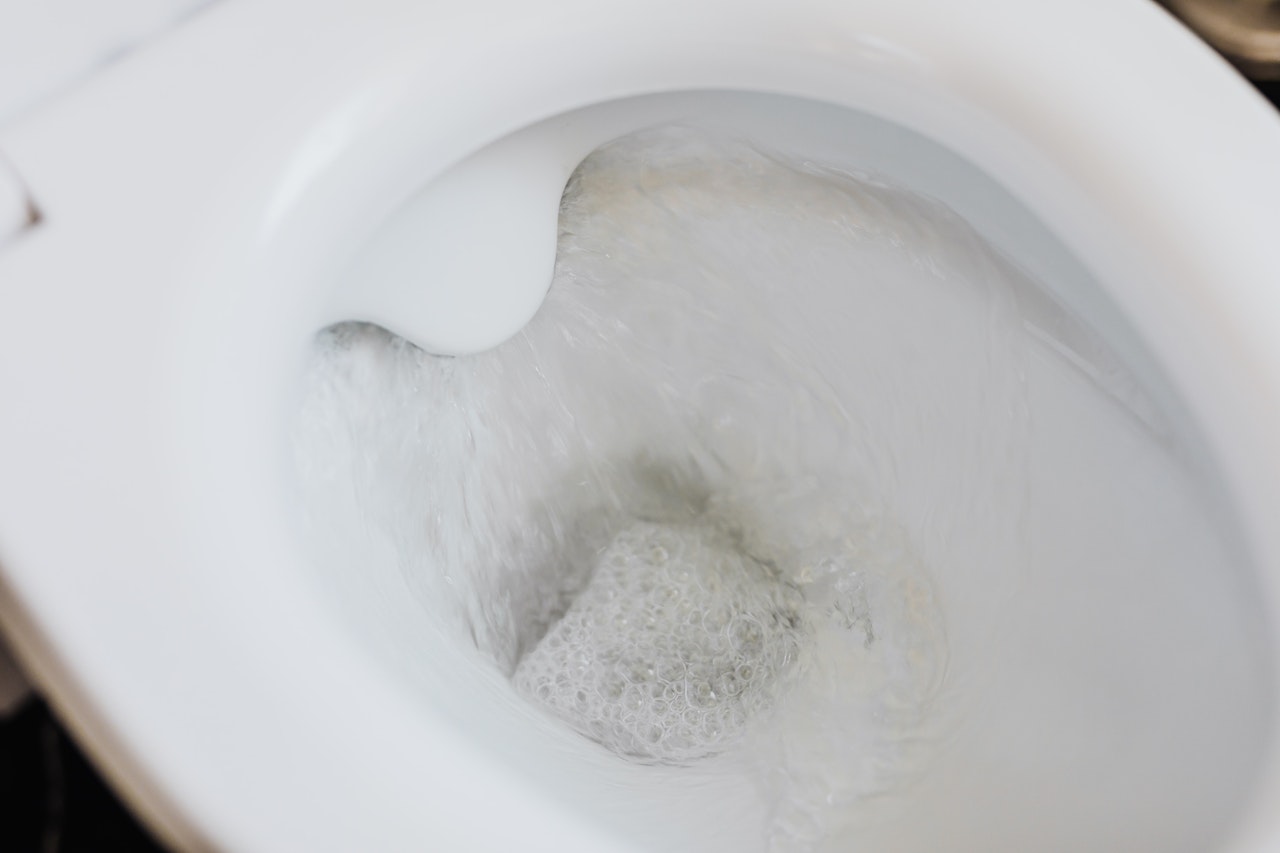How Pittsburgh’s Energy Market Affects Your Monthly Power Bill
Electricity prices in Pittsburgh can feel like a roller coaster—one month you’re cruising along comfortably, the next you’re clutching your wallet in disbelief. While it’s easy to blame “high rates” or “the utility company,” the truth runs deeper. Pittsburgh’s energy market is influenced by several moving parts, from weather shifts to policy updates. Pittsburgh energy suppliers also play a big role, offering different plans and pricing structures that directly affect how much you pay each month. Understanding how these factors intertwine can help you make sense of your bill and maybe even lower it. Let’s break down what really drives the cost of keeping your lights on.
The Tug-of-War Between Supply and Demand
Electricity prices in Pittsburgh rise and fall much like a seesaw, balancing between how much power people use and how much power is available. During hot summers or icy winters, demand shoots up as everyone cranks the AC or heater. When supply tightens, prices naturally spike—think of it as too many people chasing too few cookies. Pittsburgh relies heavily on natural gas, and its cost plays a big role in the final bill. If gas prices soar, the ripple effect hits consumers almost immediately. Paying attention to these seasonal swings can help you time your energy use and avoid the priciest periods.
How Deregulation Shapes Your Choices
Back in the late 1990s, Pennsylvania opened its electricity market to competition, allowing consumers to choose their power suppliers. In theory, more options should mean better prices. But here’s the catch—many people stick with the default provider, Duquesne Light, out of habit or confusion. As a result, they might miss out on cheaper deals from independent suppliers. It’s worth comparing rates once in a while, just like you’d shop for a new phone plan. A few minutes of research could save you a surprising chunk of change each month.
Why Local Policies and Green Energy Goals Matter

Pittsburgh has been pushing for cleaner energy sources, and that shift impacts everyone’s bills. Building renewable infrastructure—like solar and wind—requires upfront investment, and some of that cost trickles down to consumers. However, over time, renewable power can stabilize prices since sunlight and wind don’t fluctuate like fuel markets. There’s also a growing push to reduce carbon emissions, which affects how utilities operate and what they charge. Think of it as paying a small price now for a steadier future. In a few years, that investment might pay off in lower and more predictable rates.
Creating a Pet-Friendly Garden That Saves Power
You might wonder, what does gardening have to do with electricity? Quite a lot, actually. A smartly arranged backyard can lower your cooling costs while giving your pets a cozy retreat. Trees and shrubs planted strategically can shade your home, easing the burden on your air conditioner. Choose non-toxic plants like marigolds, ferns, or sunflowers so your furry friends can explore safely. Adding a small water feature keeps the air cooler, too. So while your pets enjoy their green paradise, you’ll enjoy a lighter bill—everyone wins.
Pittsburgh’s energy market is a living, breathing system shaped by economics, policies, and even personal choices. Every time fuel prices rise or new sustainability goals roll out, your electricity bill feels the ripple. But understanding what drives those shifts gives you control instead of confusion. Compare suppliers, adjust your usage habits, and make your home more energy-friendly. You don’t have to outsmart the entire power grid—just outsmart your next bill. And if you can save money while giving your pets a shady spot to nap, that’s energy well spent.…






 When shopping online, one of the factors that can significantly affect your overall savings is shipping costs. Many retailers offer free shipping on their products, while others may charge a hefty fee for delivery. To ensure you’re getting the best deal possible, it’s important to check for free shipping options before making a purchase. Watch for promotional offers or discount codes that provide free shipping. Retailers often run special promotions where they waive the shipping fees for a limited time or on specific items.
When shopping online, one of the factors that can significantly affect your overall savings is shipping costs. Many retailers offer free shipping on their products, while others may charge a hefty fee for delivery. To ensure you’re getting the best deal possible, it’s important to check for free shipping options before making a purchase. Watch for promotional offers or discount codes that provide free shipping. Retailers often run special promotions where they waive the shipping fees for a limited time or on specific items.
 Timing your purchases strategically can be a game-changer when finding the best online deals. By understanding when to buy, you can take advantage of discounts, promotions, and seasonal sales retailers offer throughout the year. One key aspect is timing your purchases around major holidays or special events. Retailers often offer significant discounts during these times to attract shoppers. For example, Black Friday and Cyber Monday are well-known for their unbeatable electronics, clothing, and home goods deals. Similarly, other holidays like Christmas, Valentine’s Day, and Independence Day also bring exciting sales opportunities.
Timing your purchases strategically can be a game-changer when finding the best online deals. By understanding when to buy, you can take advantage of discounts, promotions, and seasonal sales retailers offer throughout the year. One key aspect is timing your purchases around major holidays or special events. Retailers often offer significant discounts during these times to attract shoppers. For example, Black Friday and Cyber Monday are well-known for their unbeatable electronics, clothing, and home goods deals. Similarly, other holidays like Christmas, Valentine’s Day, and Independence Day also bring exciting sales opportunities. Clear Marketing Goals
Clear Marketing Goals High-Quality Content
High-Quality Content Multi-Channel Approach
Multi-Channel Approach













 Finding a suitable financial advisor for your firm can be daunting, but ensuring that you have someone who understands your business and can help you make sound financial decisions is crucial. Here are some tips on how to find the right financial advisor for your company. Determine what kind of services you need from a financial advisor. Are you looking for someone who can provide overall guidance on budgeting and forecasting? Or do you need someone with expertise in investments or tax planning? Knowing this will help narrow down your search.
Finding a suitable financial advisor for your firm can be daunting, but ensuring that you have someone who understands your business and can help you make sound financial decisions is crucial. Here are some tips on how to find the right financial advisor for your company. Determine what kind of services you need from a financial advisor. Are you looking for someone who can provide overall guidance on budgeting and forecasting? Or do you need someone with expertise in investments or tax planning? Knowing this will help narrow down your search.



